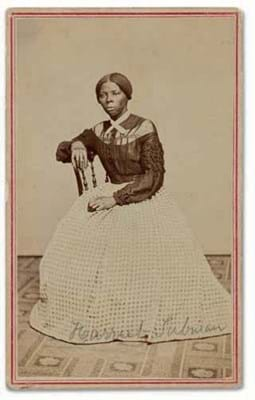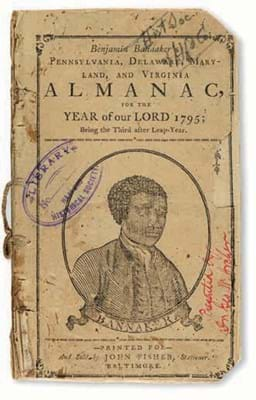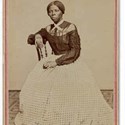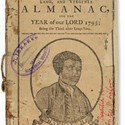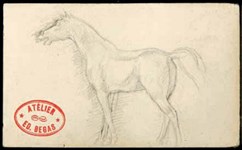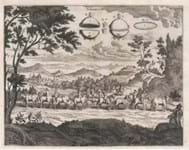It was the earlier of two portraits of Tubman, who helped escaped slaves via the ‘Underground Railroad’ network of safe houses. In the American Civil War she also worked as a spy for the Union, even helping lead a raid in South Carolina that resulted in the liberation of more than 700 slaves.
The album had originally been presented to Emily Howland, a Quaker abolitionist and teacher also known for her work in the suffrage movement.
It was a gift from her friend and mentor Carrie Nichols, a fellow Virginia schoolteacher – though who added which photographs is not known.
Sold for a much higher than expected $130,000 (£104,000), the album was subsequently revealed to have been purchased by the Library of Congress and the recently opened National Museum of African American History and Culture.
The 48 photographs in the album also included a portrait of John Willis Menard, the first black man to be elected to Congress.
This album was part of the saleroom’s annual African Americana auctions – one that for the first time in their 20-year history of such auctions produced sales in excess of $1m.
Items relating to the life of another famous abolitionist, Frederick Douglass, also sold well.
In an 1880 letter to one of the American Civil War period’s leading journalists, George Alfred Townsend, Douglass writes at one point: “You are wrong in saying I bought my liberty, a few friends in England bought me and made me a present of myself.” The letter sold for $80,000 (£64,000).
A worn and battered 1845 first of Douglass’ autobiography, Narrative of the Life of… an American Slave, signed and inscribed for the daughter of a Quaker family whose Indiana home was a known stop on the ‘Underground Railroad’, made a far higher than expected $30,000 (£24,000).
Rare almanac
Trimmed at the corners, defaced with an old ink library stamp and assorted jottings, a copy of Benjamin Bannaker’s Pennsylvania, Delaware, Maryland, and Virginia Almanac… for the year 1795 offered by Swann also lacked the last leaf.
It was, however, one of the rarer and more desirable of the almanacs produced by Bannaker, whose portrait (as a 64 year old) appears on the cover, above John Fisher’s Baltimore imprint.
In the Swann sale it sold at $44,000 (£35,200).
A self-taught astronomer, mathematician, surveyor and author, Bannaker (1731-1806) had published his first almanac in 1791.


